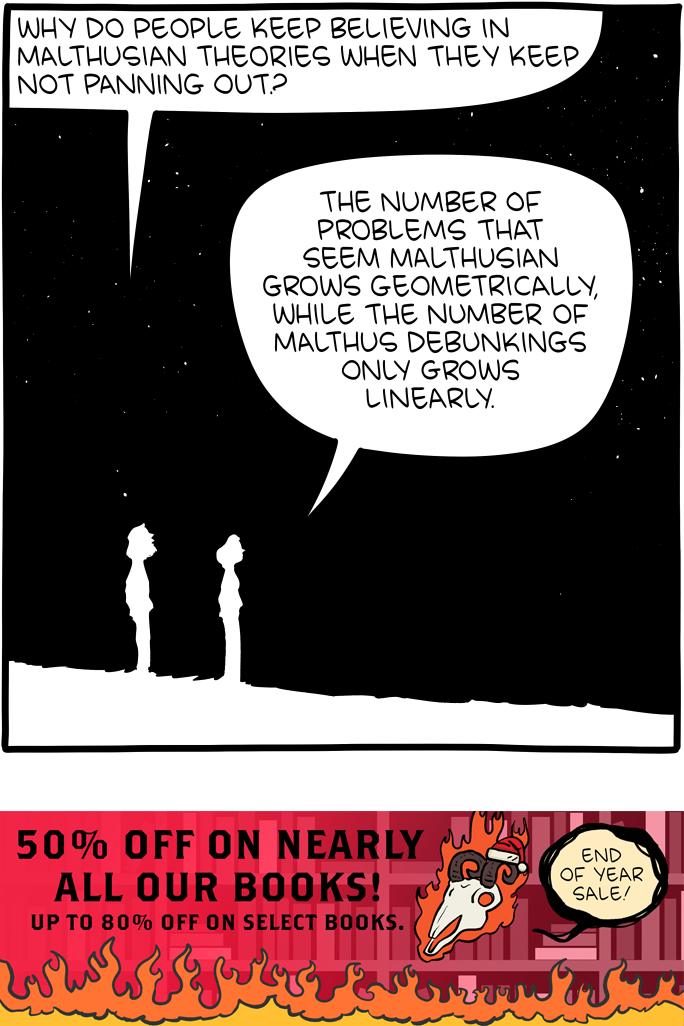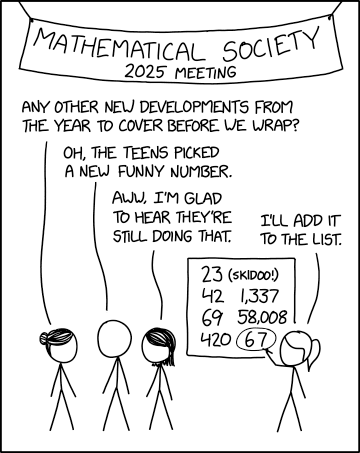An upstate New York district, where most students are Native American, placed its superintendent on leave after images of a wooden box in a classroom spread on social media.
A former school board member in upstate New York took a photo of this box in an elementary school classroom. She accused officials of building a “timeout box” for students who have disabilities, though it remains in dispute whether children were ever placed inside.Credit...Chrissy Onientatahse Jacobs The image from the elementary school was odd: a wooden box tucked in the corner of a classroom, tall and wide enough, it seemed, for a small child or two. But the next image, of the inside, was disturbing: bare walls and a padded floor.
The photos were posted to social media this week by a former member of a school board in upstate New York. She accused officials of building a “timeout box” for students who have disabilities — though families and officials remain in dispute about whether children were ever placed inside.
It has ignited an uproar in the school system, the Salmon River Central School District, a small district with 1,300 students on the Canadian border.
Within days, the school board enlisted a law firm to investigate what happened. It reassigned the district’s superintendent to “home duties” until the review is completed. And it placed several other leaders on leave, including a principal and the district’s special education director.
Officials also revealed that the box depicted in the social media post was not the only one: Two others had been installed in schools, according to the superintendent. They have been removed.
On Saturday, Gov. Kathy Hochul said the episode “raises serious questions regarding the safety of children,” and called for the Education Department to swiftly “investigate and rectify this situation.”
“These allegations are alarming and entirely unacceptable,” Ms. Hochul said in a statement.
In a district in which more than 60 percent of students are Native American — and where schools sit alongside the St. Regis Mohawk Reservation — community members said that the episode recalled the well-documented harm and trauma that generations of Native American children faced in boarding schools.
Chrissy Onientatahse Jacobs, the former school board member who posted pictures of the box, said that the district had created an unsafe and dehumanizing learning environment for Native American children and their classmates.
“I was in shock,” Ms. Jacobs, who is a parent in the district, said in an interview on Friday. “I was shaking. Because I know a lot of people throw around the words ‘intergenerational trauma.’ But our DNA has memory.”
This is the interior of the box photographed in a school that is part of the Salmon River Central School District.Credit...Chrissy Onientatahse Jacobs The incident brought renewed attention to the enduring use of restraint and seclusion in education. The practice — which can include putting children in closets, sending them into timeout boxes and locking them in tiny rooms — has been criticized for decades.
But it sometimes remains in use in districts across the United States to manage students’ behavior, and children with disabilities and students of color are disproportionately subjected to it.
In New York State, seclusion is prohibited in public schools. State education officials ordered the upstate district to remove any remaining timeout boxes in classrooms, and said they would visit local schools to ensure there were none left.
On Friday, the school district held classes remotely “out of an abundance of caution for student and staff safety.”
The Saint Regis Mohawk Tribal Council, which presides over the reservation, said in a statement that it had lost faith in district leadership because of “gross mismanagement,” and demanded that “everyone involved in the decision to construct and install these inhumane devices” be held accountable.
“It is clear what transpired should have never happened, and our children deserve better from those in charge of their care,” the council wrote. “Trust has been broken,”
The superintendent, Stanley Harper, said in a statement on Monday that the school district permits “the use of timeout” only when students face immediate risks to their physical safety, or as part of an “intervention plan that is designed to teach and reinforce alternative appropriate behaviors.”
Mr. Harper, who did not respond to a request for comment on Friday, said in the statement that the district remains committed to providing “safe, lawful and effective educational programming” for all students, including children with disabilities.
He said that the box depicted on social media had never been used with students.
But at public meetings this week, several parents challenged that assertion, accusing the district of placing children into the timeout boxes, according to reports from multiple local media outlets including the Albany Times Union.
T.J. Hathaway, the parent of a third-grade student in the district, said in an interview on Friday that he had become emotional upon learning that the box shown in the social media photos had been in his son’s special education classroom.
Mr. Hathaway said that his son, who is mostly nonverbal, communicated that he “felt bad for one of his friends that had to go in there.”
His parents are wrestling with whether to return him to the district, or pull him out and find another school.
Mr. Hathaway said that a number of school staff members should be commended for speaking out. But he said that the district’s leadership must be overhauled.
“We need new, fresh blood in our administration that understands that this is not OK,” he said.
The school board has sought in recent days to assure families that their children are safe, with many board members saying they first learned of the boxes from social media.
The board president, Jason Brockway, apologized to the community, saying that the episode did not “reflect the values and standards of care that guide this district.”
“We recognize the pain, concern and distress these events have caused, and we are truly sorry,” Mr. Brockway said in a statement. “We understand that for many in our community this incident has reopened historical wounds and trauma connected to the mistreatment of Native Children.”
Daniel G. Stec, a state senator who represents Franklin County, which includes the school district, said that he was “appalled” by the presence of wooden boxes in classrooms, and called for a “thorough investigation and accountability.”
What took place in the Salmon River School District, Mr. Stec said, “should not have ever happened.”
Susan C. Beachy contributed research.
Troy Closson is a Times education reporter focusing on K-12 schools.
Related Content
Graham Dickie/The New York Times
Tierney L. Cross/The New York Times
Marco Postigo Storel for The New York Times
Bryan Anselm for The New York Times
Editors’ Picks
Amanda Choy/The New York Times
Trending in The Times
Jeff Vespa/WireImage, via Getty
Dakota Santiago for The New York Times
Ye Fan for The New York Times
Marissa Alper for The New York Times
James Estrin/The New York Times
Seattle & King County Public Health
Abdul Goni/Agence France-Presse — Getty Images
The gift that says “I get you.”
The New York Times.The New York Times.























